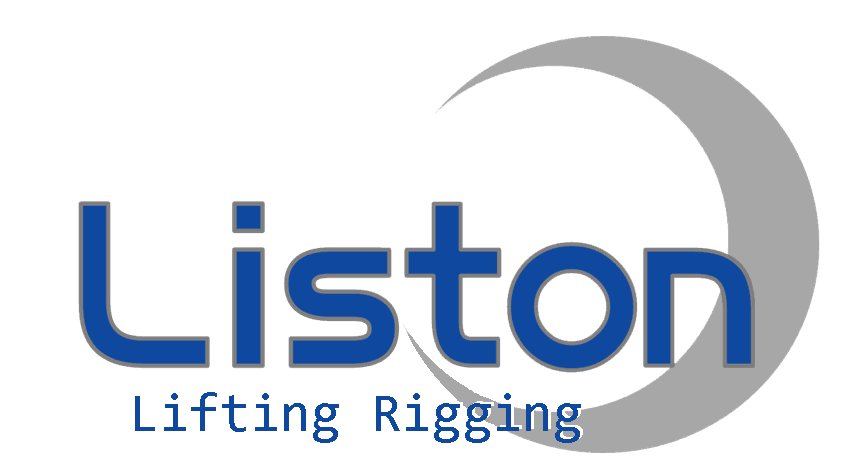Lever hoists, also known as ratchet hoists or travel hoists, are versatile tools used for lifting, pulling and positioning heavy objects. They are commonly used in construction, manufacturing, maintenance and other industrial applications. Lever hoists are designed to provide a mechanical advantage that allows the user to lift or pull heavy loads with minimal effort. In this article, we’ll explore the features, uses, and benefits of a lever hoist and provide some tips for safe and effective operation.
Features of Lever Hoist
Lever hoists are generally compact and lightweight, making them easy to transport and use in a variety of work environments. They consist of levers, chains or wire ropes and ratchet and pawl mechanisms. Levers are used to apply force, which in turn activates a ratchet and pawl system to lift or pull a load. Lever hoists are available in varying lifting capacities, from a few hundred pounds to several tons, to accommodate a wide range of applications.
One of the key features of a lever hoist is the ability to precisely control the lifting or pulling operation. A ratchet and pawl mechanism allows the user to make incremental adjustments, ensuring accurate and safe lifting or lowering of loads. Additionally, lever hoists are designed with built-in safety mechanisms to prevent the load from accidentally sliding or falling.
Uses of lever hoist
Lever hoists are used in a variety of industries and applications that require lifting and pulling heavy objects. In construction, lever hoists are often used to position steel beams, lift heavy equipment, and pull materials into place. In manufacturing plants, lever hoists are used to move machinery, position parts, and assemble large components. They are also used for maintenance and repair work, as well as for loading and unloading cargo in the transport and logistics industry.
One of the main advantages of a lever hoist is its versatility. They can be used in limited spaces, at different angles and in different directions, making them suitable for a variety of lifting and towing tasks. Lever hoists are also commonly used in rescue and recovery operations, such as confined space rescue or vehicle recovery situations.
Advantages of Lever Hoist
Lever hoists offer several advantages that make them a popular choice for lifting and hauling applications. One of the main advantages of a lever hoist is its portability and ease of use. Its compact size and lightweight design make it easy to transport and operate, allowing greater flexibility in different work environments. Additionally, lever hoists require no external power source, making them suitable for use in remote or outdoor locations where electricity may not be available.
Another advantage of lever hoists is their ability to provide precise and controlled lifting and pulling operations. The ratchet and pawl mechanism allows for smooth incremental adjustments, ensuring accurate and safe lifting or lowering of loads. This level of control is especially important when handling heavy or precision loads, as it helps prevent accidents and damage to the load or surrounding equipment.
Safety precautions for lever hoists
While lever hoists are valuable tools for lifting and pulling heavy objects, it's also important to use them safely and responsibly to prevent accidents and injuries. When using a lever hoist, please keep in mind some of the following safety precautions:
1. The lever hoist should be inspected before each use to ensure that it is in good working condition. Before using the hoist, inspect it for any signs of damage, wear or failure and make any necessary repairs or replacements.
2. Use a lifting capacity appropriate for lifting or pulling the load. Exceeding the rated capacity of a lever hoist may result in equipment failure and potential accidents.
3. Make sure the load is properly secured and balanced before lifting or pulling. Use appropriate rigging equipment, such as slings or hooks, to attach the load to the lever hoist.
4. Operate the lever hoist within design parameters and follow the manufacturer's instructions for proper use. Avoid using the hoist for purposes other than lifting and pulling, and do not modify or alter the hoist in any way.
5. When operating a lever hoist, please use personal protective equipment such as gloves and safety glasses to prevent potential hazards.
By following these safety precautions and using lever hoists responsibly, workers can minimize the risk of accidents and ensure safe and efficient lifting and hauling operations.
In summary, lever hoists are valuable tools for lifting and pulling heavy objects in a variety of industrial applications. Its compact size, precise control and versatility make it an essential piece of equipment in construction, manufacturing, maintenance and other industries. By understanding the features, uses, and benefits of lever hoists, and by following safety precautions, workers can effectively and safely utilize these tools to complete lifting and hauling tasks easily and efficiently.
Post time: Jun-01-2024

